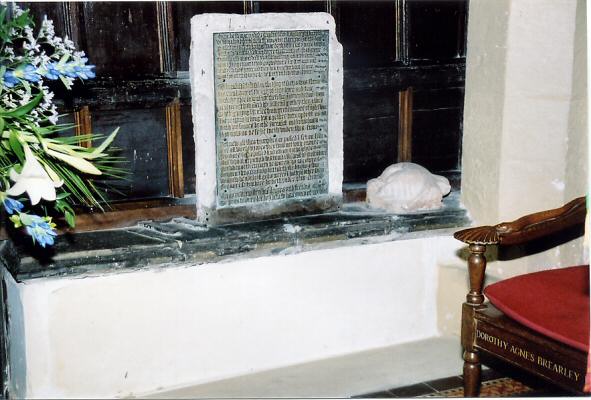Arlington Million- from The Horse Guy
THE RAIN on the EAST COAST MAY MOVED THIS RACE to SUNDAY or later. The Arlington Million was held in the Chicago area for many years until it closed two seasons ago. Last year was the first time it was held at Colonial Downs. 2024 marks the second running of this high stake race. Let’s…

